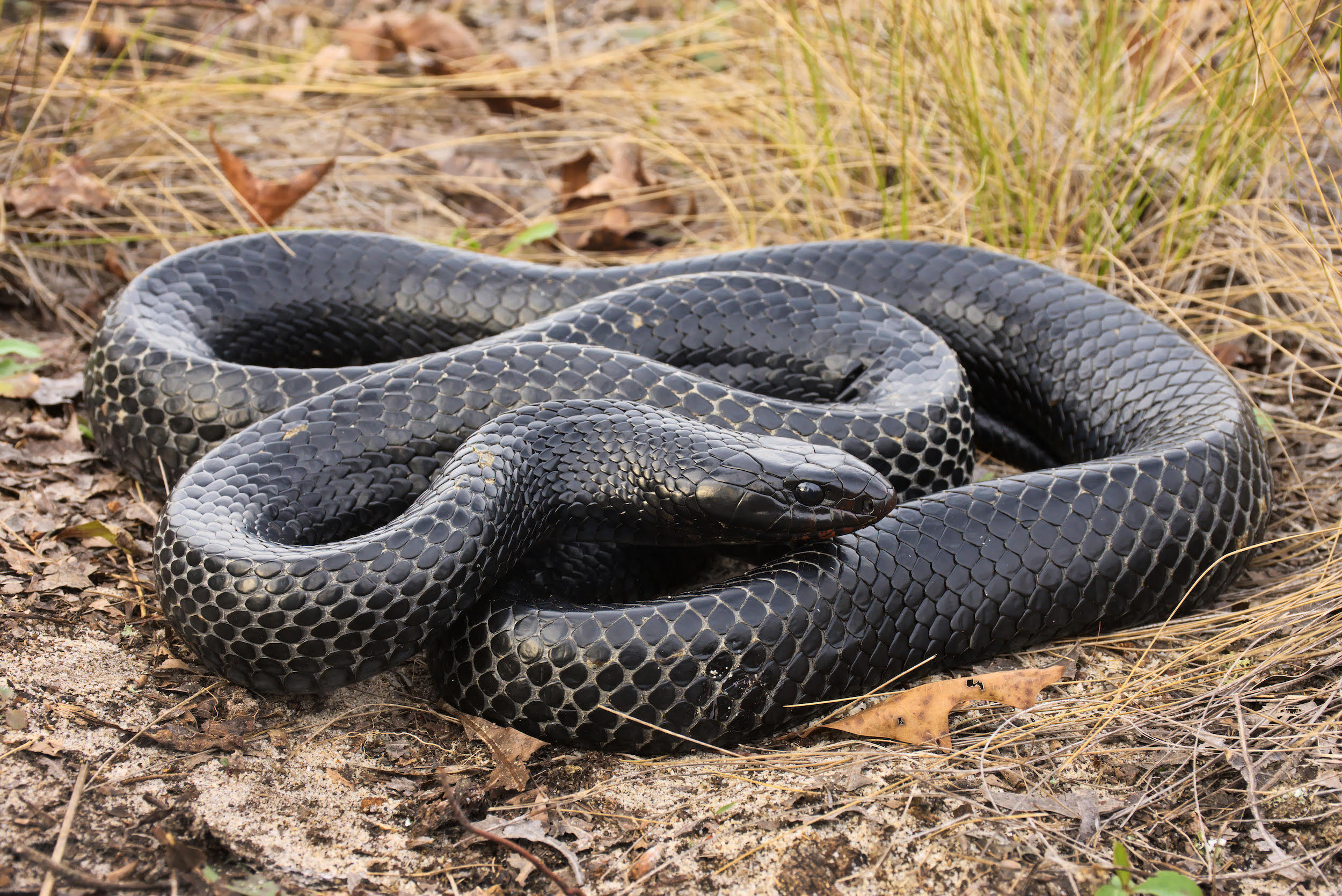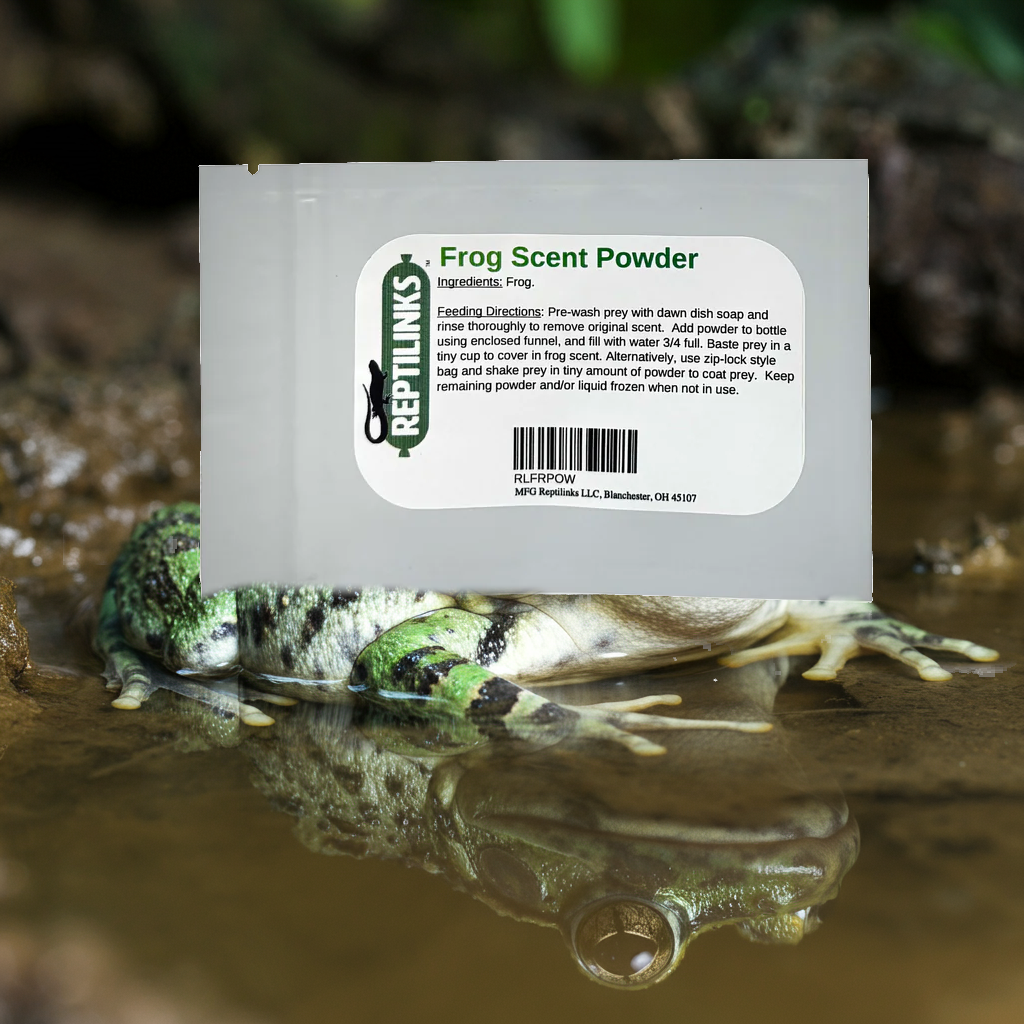Understanding some of the uniqueness and intricacies of snakes are fascinating. People across the world enrich their lives with keeping these animals as pets.
Physical Characteristics of Snakes
Body Structure
Snakes have a unique body structure that allows them to move in a highly efficient manner. Their elongated bodies are covered in scales, which provide protection and reduce friction when slithering. These scales are made of keratin, the same material found in human hair and nails. Snakes are also known for their flexibility, as they have numerous vertebrae that allow them to twist and turn in various directions. This flexibility enables them to navigate through narrow spaces and capture their prey. In addition, snakes have a specialized jaw structure that allows them to swallow prey much larger than their own head size. This is made possible by their loose jaw joints and stretchy ligaments. Overall, the unique body structure of snakes enables them to adapt to different environments and thrive as efficient predators.
Skin and Scales
Snakes have unique skin and scales that serve various functions. Their skin is covered in scales, which are made of keratin, the same material found in human hair and nails. These scales provide protection and help reduce water loss. Snakes shed their skin periodically through a process called molting, allowing them to grow and remove parasites. The scales also aid in locomotion by providing traction and reducing friction. Some snakes, such as the bearded dragon habitat, have specialized scales that allow them to blend into their surroundings. These scales can change color and pattern to camouflage the snake from predators or prey. Overall, the skin and scales of snakes are essential for their survival and adaptation to different environments.
Venomous vs Non-venomous
Snakes can be classified into two main categories: venomous and non-venomous. Venomous snakes have specialized glands that produce and inject venom into their prey, while non-venomous snakes rely on other means to capture and subdue their prey. It is important to note that not all venomous snakes are dangerous to humans, as some have venom that is primarily used for hunting and defense. Non-venomous snakes, on the other hand, rely on their physical strength and constriction to overpower their prey. It is fascinating to observe how these different strategies have evolved in snakes to ensure their survival and successful feeding.
Feeding Habits of Snakes

Types of Prey
Snakes have a diverse diet, feeding on a wide range of prey including rodents, birds, amphibians, and even other snakes. Some larger snake species are capable of consuming large mammals. The specific types of prey a snake consumes often depend on its size, habitat, and hunting techniques. Snakes have evolved specialized adaptations to capture and consume their prey, such as venomous fangs or constriction. It is fascinating to observe how snakes use their unique feeding strategies to secure their next meal.
Hunting Techniques
Snakes employ various hunting techniques to capture their prey. One common method is ambush hunting, where the snake lies in wait for its prey to come within striking distance. Another technique is constriction, where the snake wraps its body around the prey and squeezes it until it suffocates. Some snakes also use venom to immobilize their prey before consuming it. It is important to note that different snake species have different hunting strategies depending on their size, habitat, and prey preference. For example, some snakes prefer to hunt in trees, while others are more adapted to hunting on the ground. Understanding the hunting techniques of snakes is crucial for studying their ecological role and their impact on the lizard habitat.
Swallowing and Digestion
Snakes have a unique way of swallowing their prey whole. They are able to dislocate their jaws to accommodate prey that is much larger than their head. Once the prey is swallowed, it moves through the snake's digestive system. The digestion process is quite fascinating. Snakes have a highly efficient digestive system that allows them to break down and absorb nutrients from their prey. They have specialized enzymes and acids in their stomach that aid in the digestion process. After digestion, the waste is eliminated through the cloaca. Hygiene practices are important for snakes to prevent infections and maintain a healthy digestive system. Snakes shed their skin periodically to remove any parasites or bacteria that may be present. This shedding process helps to keep their skin clean and free from pathogens. Overall, the swallowing and digestion process in snakes is a remarkable adaptation that allows them to survive and thrive in their environment.
Reproduction and Life Cycle of Snakes

Mating Behavior
Mating behavior in snakes is a fascinating process. Snakes have various courtship rituals, such as elaborate dances and displays of dominance. Once a male successfully courts a female, they engage in copulation, which can last for several hours. It is interesting to note that some snake species engage in egg guarding, where the female stays with the eggs to protect them.
After mating, the female snake may lay eggs or give live birth, depending on the species. The eggs are typically deposited in a safe location, such as a burrow or a nest. The incubation period varies among species, ranging from a few weeks to several months.
It is important to note that the survival of snake populations is crucial for maintaining the balance of ecosystems. Conservation efforts play a vital role in protecting these fascinating creatures.
Once the eggs hatch or the litter is born, the young snakes are independent and must fend for themselves.
Egg-laying vs Live Birth
Snakes exhibit two main reproductive strategies: egg-laying and live birth. Egg-laying snakes, also known as oviparous snakes, lay eggs that hatch outside the mother's body. This method allows for more offspring to be produced at once, but it also exposes the eggs to potential predators and environmental factors. Live birth, on the other hand, involves the development of embryos inside the mother's body, with the young being born alive. This strategy provides better protection for the developing offspring but limits the number of offspring that can be produced. Both egg-laying and live birth have their advantages and disadvantages, and different snake species have evolved to utilize one of these strategies based on their specific ecological needs.
Growth and Development
Snakes have a fascinating growth and development process. They go through a series of stages, starting from hatching out of their eggs as small, vulnerable hatchlings. As they grow, their skin sheds periodically, allowing them to accommodate their increasing body size. This process, known as molting, is essential for snakes to maintain their ability to move and hunt effectively. During this stage, snakes are highly vulnerable to predation, and many do not survive. However, those that do survive continue to grow and develop, eventually reaching their adult size and reproductive maturity. It is important to note that the growth and development of snakes can vary depending on the species and environmental factors. This topic is of particular interest to veterinary students who study the health and well-being of reptiles.
Ecological Importance of Snakes

Role in Ecosystem
Snakes play a vital role in the ecosystem as predators, helping to control populations of rodents and other small animals. They are often referred to as nature's pest control. By keeping the population of these animals in check, snakes help maintain the balance of the ecosystem. Additionally, snakes are an important part of the food chain, serving as prey for larger predators. Their presence in an ecosystem indicates a healthy and diverse environment. Reptile keeping is a popular hobby that involves the care and maintenance of snakes and other reptiles.
Predator-Prey Relationships
Predator-prey relationships play a crucial role in the ecological balance of an ecosystem. Snakes are formidable predators, relying on their stealth and venom to capture their prey. They have a diverse diet, including small mammals, birds, reptiles, and amphibians. Some snakes, like the king cobra, are even capable of hunting and consuming other snakes. On the other hand, snakes also face threats from larger predators such as birds of prey and mammals. These interactions shape the population dynamics and distribution of both snakes and their prey.
It is important to note that snakes are not immune to diseases, and one example is fungus and nidovirus (serpentovirus), which can have significant impacts on snake populations. Efforts to conserve snake species and their habitats are essential for maintaining the delicate balance of predator-prey relationships.
Conservation Efforts
Conservation efforts play a crucial role in protecting snake populations and their habitats. Snakes are often misunderstood and feared, leading to habitat destruction and intentional killing. However, educational programs and awareness campaigns are being implemented to promote the importance of snakes in the ecosystem. Snake conservation organizations are working tirelessly to study and monitor snake populations, as well as to establish protected areas for their survival. Additionally, efforts are being made to reduce the illegal trade of snakes and enforce stricter regulations. By understanding the ecological importance of snakes and their role in maintaining a balanced ecosystem, we can ensure their long-term survival and coexistence with other species.
Consider subscribing to The Orianne Society for conservation news about reptiles.








Comments